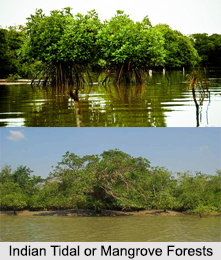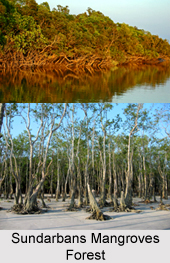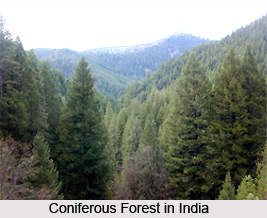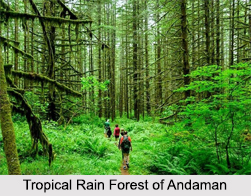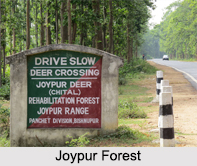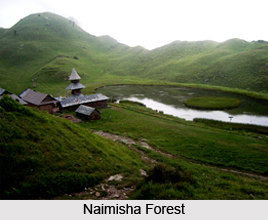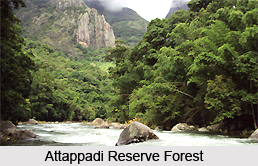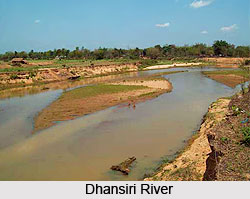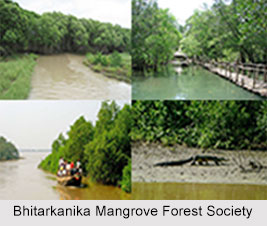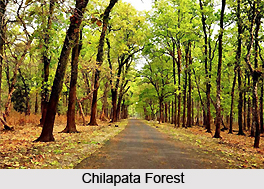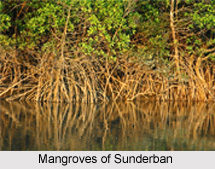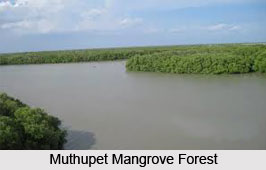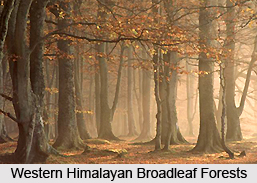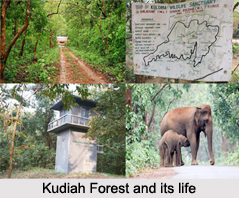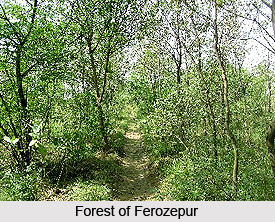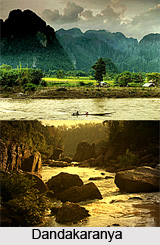 Dandakaranya is a physiographic region of India which spans over the central and eastern parts of India. It is an extensive forest lying between the Godavari River and Narmada River. It holds religious significance for Hindus who believe that Lord Rama spent 13 years of exile in the region. The forest of Dandaka was the biggest forest in Ancient India. It has been the home to the people belonging to Gond community.
Dandakaranya is a physiographic region of India which spans over the central and eastern parts of India. It is an extensive forest lying between the Godavari River and Narmada River. It holds religious significance for Hindus who believe that Lord Rama spent 13 years of exile in the region. The forest of Dandaka was the biggest forest in Ancient India. It has been the home to the people belonging to Gond community.
Dandakaranya covers a vast area of about 35,600 square miles and encompasses the Eastern Ghats in the east and the Abujhmar Hills in the west along with parts of the Indian states of Andhra Pradesh, Odisha and Chhattisgarh. It stretches from Vindhya Mountain Ranges in central Indian to the banks of River Krishna and Tungabhadra River in the south.
History and Mythology of Dandakaranya
In ancient times Dandakaranya was ruled by the Nalas, Vakatakas and Chalukyas successively. The place also holds a spiritual significance and its mention can be found in several tales associated with Hinduism. The name of the place has been derived from the Dandak Forest which refers to the abode of the demon Dandak, mentioned in the Hindu epic Ramayana. It was the residence of exiled persons. Crossing of the forest was necessary for the sages to reach the Vindhya Mountains. The central character of Ramayana, Rama, spent 14 years of exile along with his wife Sita and brother Lakshmana by travelling around Dandakaranya
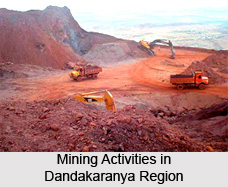 Geography of Dandakaranya
Geography of Dandakaranya
Major region of Dandakaranya is a sanded-over peneplain, however the land from north to southwest has a gradual slope. Hills in the eastern part of the forest rise abruptly whereas towards the west its elevation decreases gradually. Wide plateaus are covered with dense forest. Certain extensive plains in the forest are drained by the Mahanadi River along with its tributaries including Sandul, Hatti, Udanti, Jonk and Tel as well as Godavari River along with its tributaries Sabari and Indravati. A thin veneer of loamy soils can be found over the plateaus and hillsides. Valleys and plains comprise fertile alluvial soil. Dandakaranya is the home to commercially important moist forests of Sal which spans over half of the forest area. Deposits of manganese, iron ore and bauxite are also common here.
Developments in Dandakaranya
Subsistence agriculture based on the crops like oilseeds, pulses and rice form the main economy of the region. Dandakaranya region also houses industries of furniture making, beekeeping, "bidi" (cigarette) making, bone-meal manufacturing, saw-milling and rice milling. In the year 1958, the Central Government established the Dandakaranya Development Authority for assisting refugees from Pakistan. Pakhanjore reservoir and Bhaskel Dam were also created here. Other developments that have been done in Dandakaranya include woodworking centres at Umerkote, Boregaon and Jagdalpur; the Balangir-Kozilum railway project and construction of roads and railways in the refugee resettlement areas. At Sunabeda, a factory producing aircraft engines is situated. Bailadila is the iron ore mining centre for the National Mineral Development Corporation. Prominent towns included in Dandakaranya region are Koraput, Bhawanipatna and Jagdalpur.
